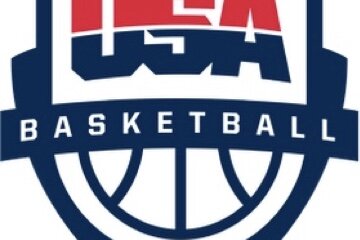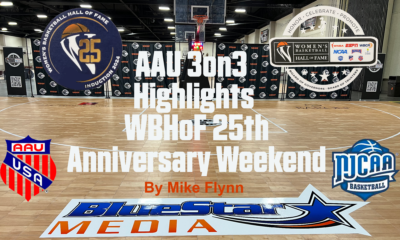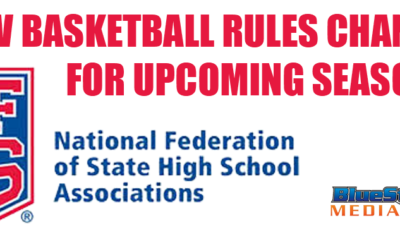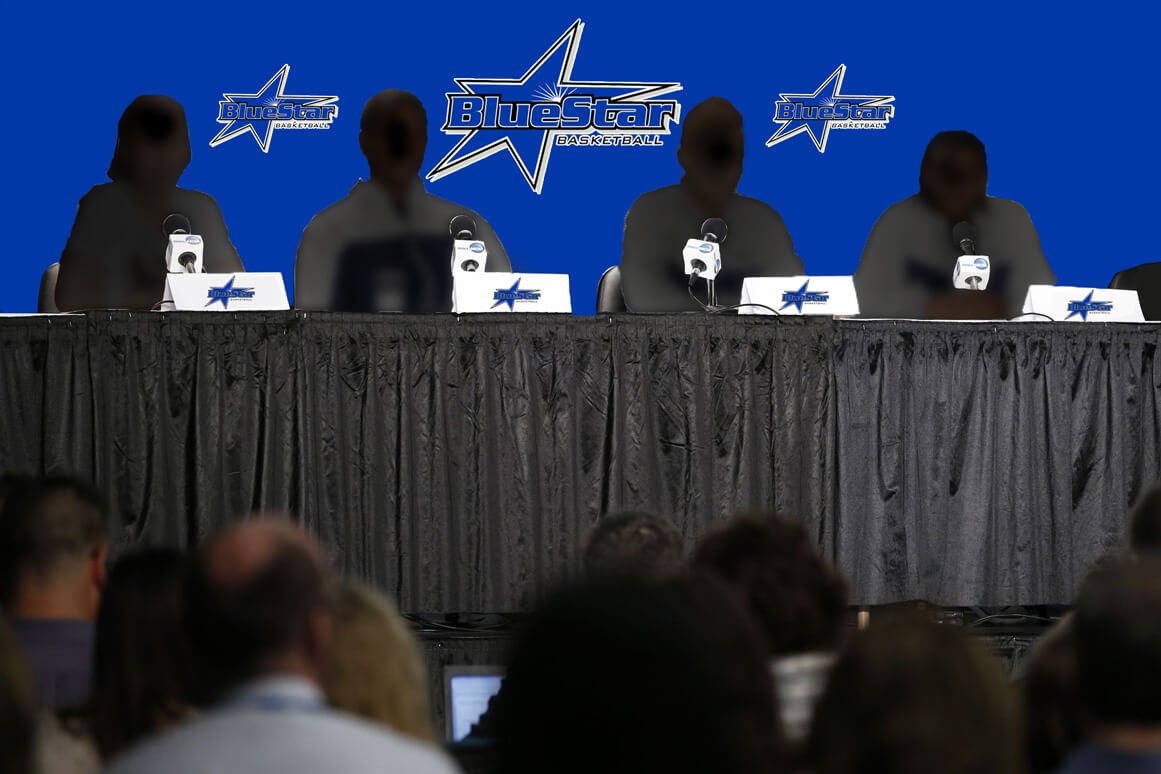It was on the MLK Holiday in 1995 that the first UConn-Tennessee game was played, and it did more than provide women’s college basketball with its edgiest rivalry.
The rivalry pushed the sport into an unprecedented spotlight that has benefitted more than the main combatants. What Chrissie and Martina did for women’s tennis, UConn and Tennessee — and in particular Pat Summitt and Geno Auriemma — did for women’s college basketball.
But it’s been eight years since the last UConn-Tennessee game, and there may be no more outside of any meetings in the NCAA tournament.
I understand why ESPN has been marking this anniversary over the last few days – the cable sports giant went full-throttle on the sport as a result, and now shows the full NCAA tournament and hundreds of women’s games during the regular season.
To a certain degree, I also understand those, primarily in the state of Connecticut, who want to see the series renewed. The Huskies are mired in what’s essentially a mid-major conference, and they and their fans are starving for a nominally competitive league game.
They may have gotten it Sunday in a 42-point win over South Florida, which played hard for 40 minutes and is, along with Tulane, an NCAA-worthy team from the AAC. But it was still a 42-point game.
What Tennessee did for the Southeastern Conference, and then the rest of the nation, UConn did for the old Big East, and the rest of the nation.
However, it’s time to ditch the nostalgia. Chrissie and Martina couldn’t play forever, and UConn-Tennessee wasn’t going to last forever. Like their tennis counterparts, the Lady Vols and Huskies forged a rivalry that was organic — that grew out of itself. It wasn’t born out of a conference affiliation, but was intersectional, the perfect storm of extreme Type A coaching personalities whose teams embodied them more than any others I’ve seen in this sport.
Pat and Geno. An intense Southern farmer’s daughter against a fiery, Italian-born laborer’s son. One circumspect and polite, the other sarcastic and bombastic. Both with equally different, but engaging, senses of humor. It was easy to appreciate their sharply diverging experiences, and how that blended into to their coaching styles and what has made them ultra-successful.
Yet their commonality — that they didn’t treat their players as frail girls but rather as tough-minded, competitive women driven to excel — is what is to be admired above all about Summitt and Auriemma.
What’s more, the games their teams played, even those in the regular season, transcended the sport. All 22 of them were on national, not regional television. ALL 22 of them. I covered about a half dozen of those games, including matchups on home floors as well as the Final Four. There was nothing like it, and those of us in the press corps realized this was something truly special.
And the players? Lobo. Holdsclaw. Rizzotti. Jolly. Bird. Catchings. Cash. Lawson. Taurasi. Parker. Etc., etc.
I wasn’t around for the Immaculata-Delta State games, or the Louisiana Tech-Old Dominion jousting. I’ll leave Mel Greenberg to put all this in context, and include any other noteworthy rivalries I’m forgetting, because I’m sure I am.
Forgive me for getting nostalgiac. Yes, UConn-Tennessee elevated the perception of women’s college basketball, and gave it us the kinds of personalities and games that opened a wider lens on to a sport in desperate need of the kind of attention ESPN has provided.
I’ve heard coaches acknowledge that the better salaries, financial resources and marketing support they get from their athletic departments has had a lot to do with what Pat and Geno have meant for the game.
We’re in the midst of a women’s college hoops season that shows some real signs of being genuinely competitive in March and early April. While I won’t wager a bet against UConn to win a 10th NCAA title, I can’t recall a season in a long time where there has been this much suspense about who may wind up at the Final Four.
For now, South Carolina is No. 1 and undefeated, and the Gamecocks will be playing at UConn in a couple of weeks. All five major conferences have serious battles going on for supremacy, and they’re not always the usual suspects contending.
There are some other terrific storylines to boot: Oregon State reaching its highest ranking ever, at No. 9, less than five years after being left for dead by a previous coach; the Beavers sharing top billing for now in the Pac 12, which may be as good as it’s been in a long, long while; Minnesota streaking near the top of the Big Ten without star player Rachel Banham; the revival of Texas under Karen Aston.
The only other undefeated team now besides South Carolina? That would be Princeton. There’s a strong list of mid-major teams that could make a serious run in the post-season: Seton Hall, George Washington, Western Kentucky, James Madison, Chattanooga (which has knocked off Tennessee and Stanford) and quite a few others.
Selecting a 64-team NCAA bracket this season may be difficult because some deserving teams may be left out, instead of the committee straining to fill spots with teams that otherwise ought be left out.
I won’t declare a parity party just yet, but this is all to say that women’s college hoops is far more than UConn-Tennessee. No rivalry will likely ever surpass that one, even as good as UConn-Notre Dame has become since then.
But while ESPN may need something like that for its national footprint, other rivalries in the sport are thriving, and not just conference rivalries. To cite one example, Kentucky-Louisville is selling out and getting a little chippy too, led by two leading personality coaches in Matthew Mitchell and Jeff Walz.
Although I wish Summitt hadn’t ended the UConn-Tennessee rivalry (one of the few mistakes I think she made in promoting the sport), what’s been needed even more is street-level promotion. Like so many other niche sports, women’s basketball has to be sold locally, with coaches leading the way. It’s about selling tickets and winning over fans in communities, as Val Ackerman stressed over and over in her White Paper.
National and regional television exposure is great, especially for recruiting, and I know coaches who have given up a good home weekend draw to get on the tube for that purpose. That’s the sort of thing that needs to change.
Most of all, UConn-Tennessee needs to be allowed to rest in peace not just because it has served its purpose, but also because reviving it wouldn’t be the same. Holly Warlick has done a great job with the Lady Vols, but this game would have a very different feel without Summitt stalking the sideline.
I’d love to see a UConn-Tennessee game next season with Diamond DeShields squaring off against Breanna Stewart, but in the NCAA tournament. Perhaps in the Final Four.
Just like old times. But let those times be remembered for what they were, and what they did for the sport. It was a fantastic thing while it lasted, but it’s time to put it to rest.
Wendy Parker is a sportswriter and web editor who has covered women's basketball since the early 1990s. She is a correspondent for Basketball Times and formerly covered women's and college sports, soccer and the Olympics at The Atlanta Journal-Constitution. She is the author of "Beyond Title IX: The Cultural Laments of Women's Sports," available on Amazon, and the creator of Sports Biblio, a blog about sports books and history.

Latest Articles
-


Christopher Lawlor
/ 1 day agoTwenty-Six Athletes Expected to Participate in USA Basketball Women’s U18 National Team Trials that begin on May 15
COLORADO SPRINGS, Colo. — USA Basketball announced 26 athletes expected to participate in the...
-


Basketball
/ 5 days agoAAU 3on3 Highlights WBHoF 25th Anniversary Weekend
KNOXVILLE – The 25th anniversary weekend celebration of the Women’s Basketball Hall of Fame...
By Mike Flynn -


Christopher Lawlor
/ 1 week agoGONE PRO: Blue Star Media Elite 25 football rankings’ regulars Bishop Gorman (NV) and IMG Academy (FL) lead 2024 NFL Draft with three selections apiece
BENSALEM, Pa. – One of the greatest three day stretches annually in professional sports...
-


Basketball
/ 1 week agoREVISIONS: National Federation of State High School Associations announce rule changes for upcoming season; flopping will incur a technical foul
BENSALEM, Pa. – Floppers, beware, you will be warned once before being issued a...



